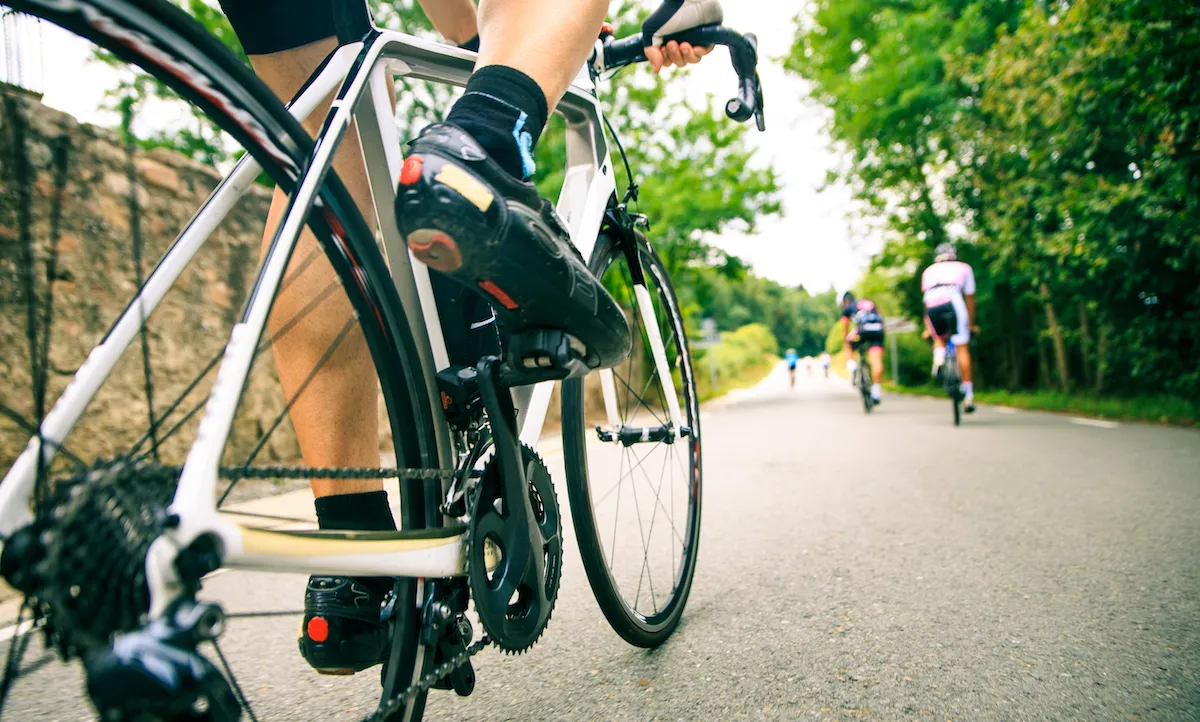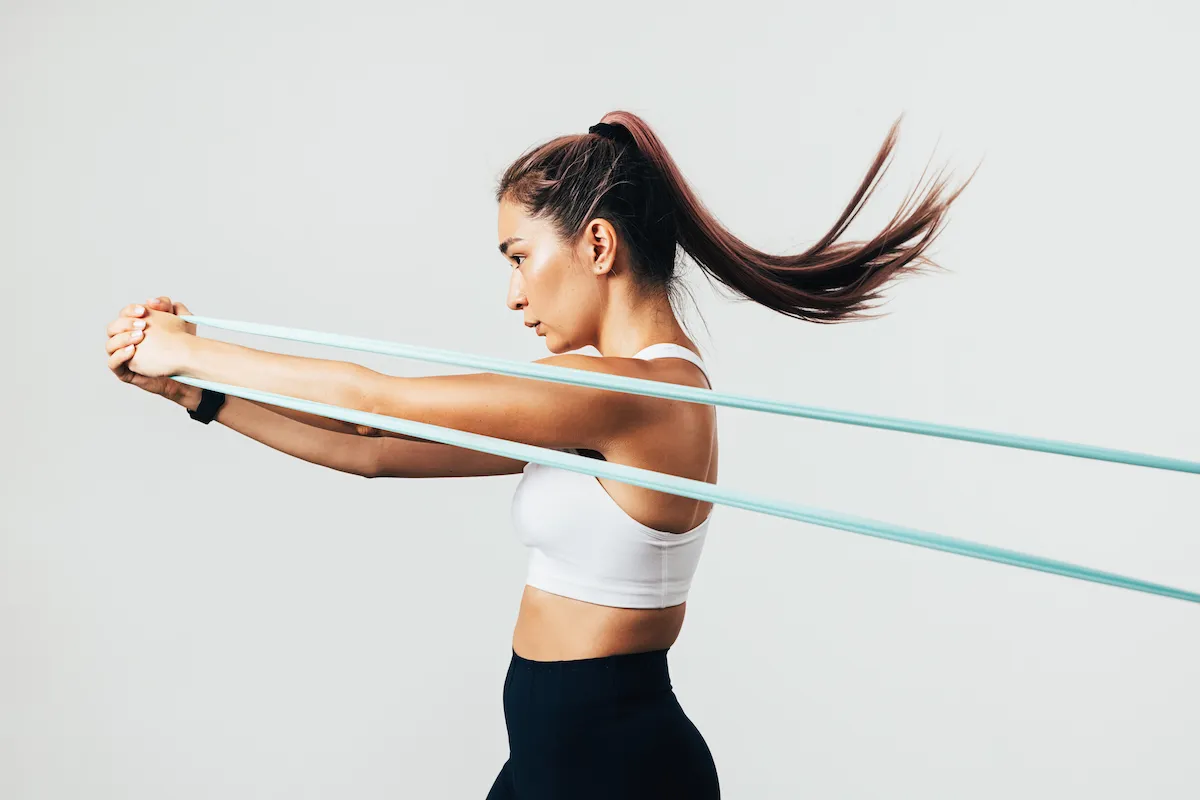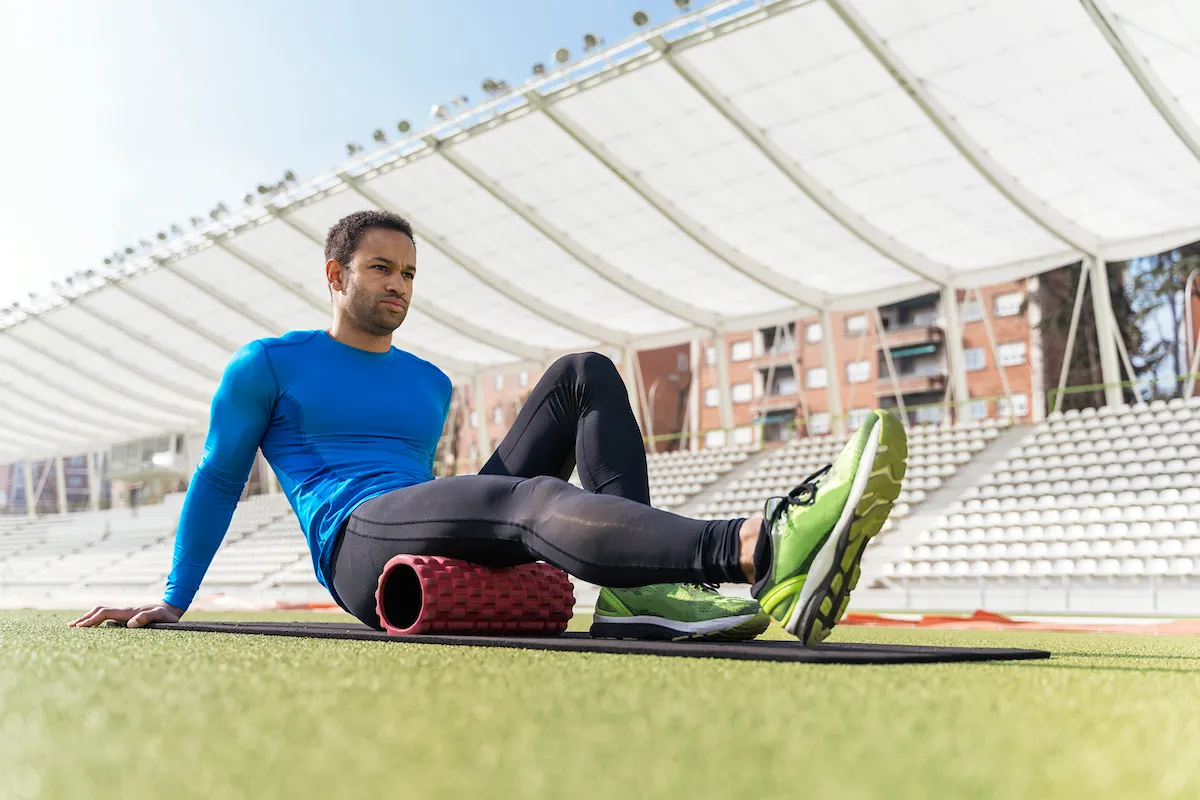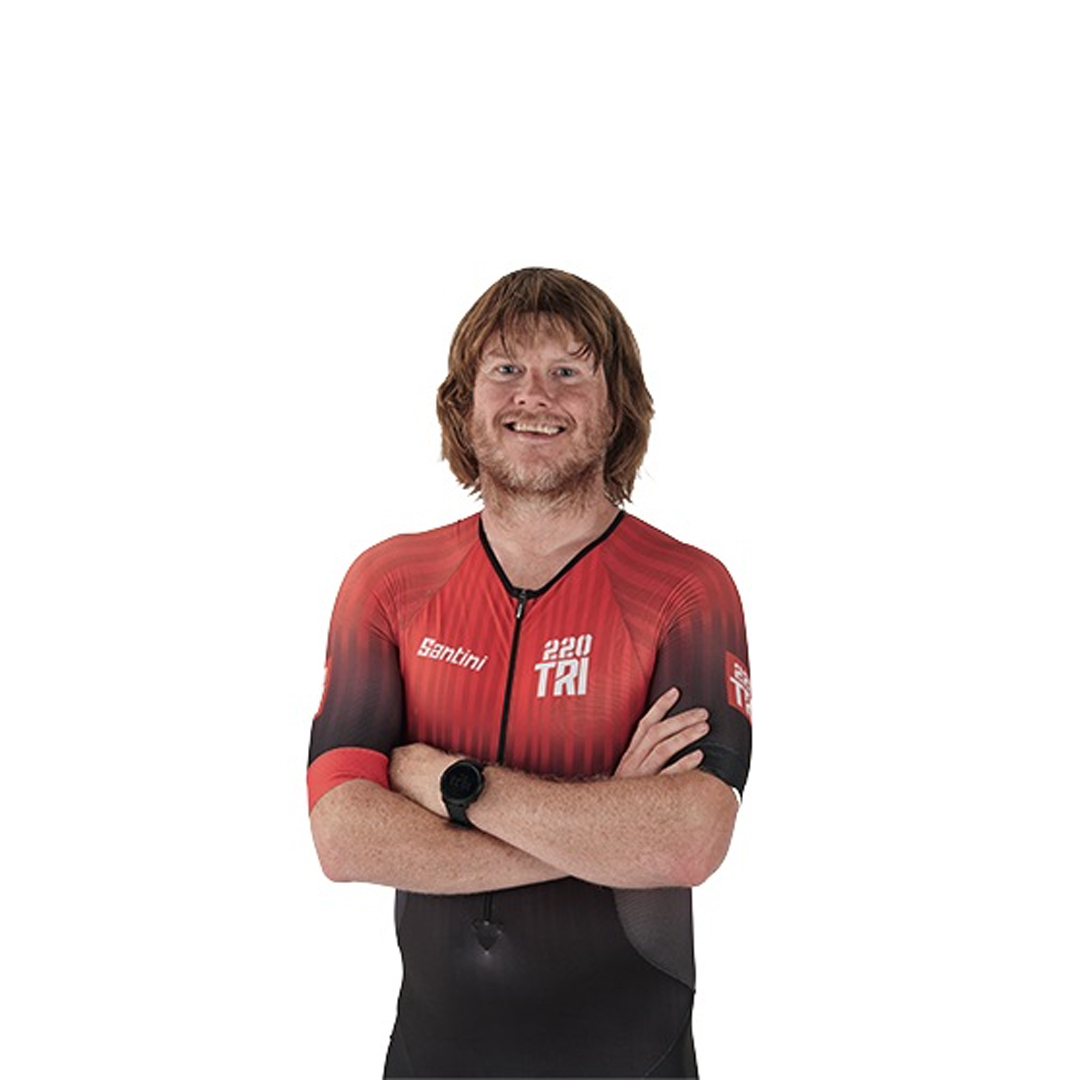Triathlon’s multi-disciplinary nature not only cranks up fitness and fun, but by spreading training load across the body, it’s also deemed a great sport to reduce the chances of injury. Which is wonderful. In theory.
In reality, it’s been reported that 62% of triathletes suffer at least one injury per season, both from overuse, where injury strikes through repetition of movement over time, and acute, where injury strikes suddenly, like if you crash.
How to treat an acute injury
What follows are many ways to reduce your chances of overuse injury. But what about acute? What happens if you twist an ankle, for instance?
Well, that’s when it’s time to call in the POLICE. This is the updated acronym to RICE and breaks down as: P is for protect so strap up the injury; O and L stand for optimal loading. They’re the major changes to RICE.
With RICE you were advised to rest but it’s been proven to increase recovery time if you can keep a certain amount of movement. (That’s not applicable if you’re on crutches!) I is for Ice, C for Compression and E is for Elevation.
While injuries are often a part of being an athlete, that doesn’t mean you shouldn’t take them seriously. Calling 111 to see if you need medical help, or seeing your GP, is always a good idea if you are unsure if pain is something which needs treatment rather than a ‘niggle’.
With that too, give niggles like strains the time they need to recover, or they could get worse – and follow medical advice and recommendations before taking any painkillers.
Anyway, that’s all about curing injuries. The here and now is about preventing injuries in the first place…
10 best ways to reduce your chances of injury
From bike fits to foam rollers, more sleep to self massage, the following tips should ensure you start your race season as injury-proofed as possible…
1. Sleep easy, race fast
Sleep is where your muscles, tendons, joints… recover, repair and rebuild, so it’s perhaps not surprising that insufficient sleep’s linked to higher injury risk.
A 2014 study featured in the Journal of Pediatric Orthopaedics showed that adolescents who slept fewer than 8hrs a night were 1.7 times more likely to suffer injury than athletes who slept for more than 8hrs.
That’s why sleep hygiene is vital, including no smartphones in bed, a room temperature of around 17.5°C and no caffeine after lunch.
2. Analyse your data
As well as refining your cycle training, power-meter software like the market-leaders TrainingPeaks can reduce the chances of overtraining.
Over time, as long as you regularly upload your data, you can spot trends of fatigue and form, like how well you recovered after a hard ride. When you have fitness level and subtract fatigue, that’s the form.
But if you start a ride and your fatigue’s higher than fitness, that’s a negative training balance. Push it too hard and you’ll be pedalling to the physio.
3. Shorten your cranks

Tradition dictates that longer cranks equated to greater power output because of increased leverage. The problem is that at the top of the pedal stroke, the more your knee and hip need to flex to struggle over that 12 o’clock position.
Some triathletes can tolerate this because of exceptional hip and lower-back mobility. The majority of us can’t and are vulnerable to injury, especially around those knees.
So have a bike fit as a shortening of cranks could be the key change to keep your pedalling on track.
4. See a bike fit pro
Another reason to have a bike fit is to prevent lower bike pain, which is the most common cycling-related injury.
The reasons why are many, including too long a stem so you’re overstretching; too high a saddle so, again, you’re overstretching; a saddle that’s not sufficiently supported; your position’s far too extreme for your strength and experience; and you’ve increased your longest bike ride by too much, too quickly.
In short, seek out a professional who can analyse your position and prescribe the necessary advice.
5. Straighten out
Often problems arise because triathletes are coming from team sports. This can lead to asymmetry on the bike as they’ve spent their sporting youth twisting and turning.
In short, their back over-rotates, which can end in knee, spine and pelvic issues. That’s where yoga or Pilates comes in. Not only will they extend your range of motion, but they’ll also stretch out crinkled-up muscle fibres.
6. Use swim bands

Tubing, therabands, stretch cords, swim bands, resistance bands… whatever you call them or whichever type you use, they're a great way to not only practise the technique of front crawl but also to strengthen your upper body in readiness for the pool.
Just doing that on its own, or before and after swimming, 2mins every day, will boost your skills and bolster your muscles.
Paddles are also great for strength and techniques work but don’t go too large, too soon. The extra resistance can tip you over from muscle gain to muscle strain.
7. Get a gait analysis
The incorrect run shoes for your running gait can result in a gradual pull on the Achilles tendon, patella and/or calf muscles that, over time, will lead to common overuse injuries. That’s why a gait analysis is a useful spend.
8. Manage your training load
Never increase training volume by more than 10% each week with a recovery week every four weeks where you reduce things by 5-10%.
This is important as there’s run research that says knee problems are linked to volume, whereas Achilles, calf and foot problems are more likely down to intensity.
9. Tread carefully
Researcher Joel Fuller took 61 trained runners, who averaged a weekly 15 miles and used conventional run shoes.
He then assigned 31 of them to transition to a minimalist shoe (the rest continued in a conventional shoe) over 26 weeks, not increasingly weekly mileage in the new shoes by more than 5% each week.
They found that the average weight of the runners was 165lbs, but any runner that measured 20lbs more than this was four times more likely to suffer an injury in the minimalist shoe compared to the conventional shoe.
In other words, heavier triathletes should tread carefully.
10. Try self-massage

Foam rollers and massage guns are both useful tools to ease out muscle tension and, in theory, reduce the chances of injury. But make sure you use them correctly.
Yes, there’s plenty of useful information online but, when starting off, it’s worth securing the services of a physio for a session or two to guide you through the basics and, importantly, ensure you’re applying the correct pressure.
Top image credit: Getty Images
